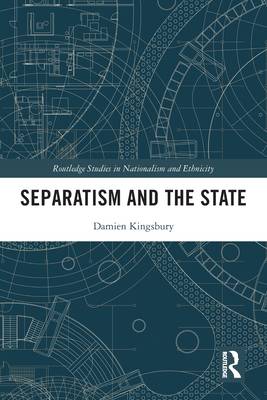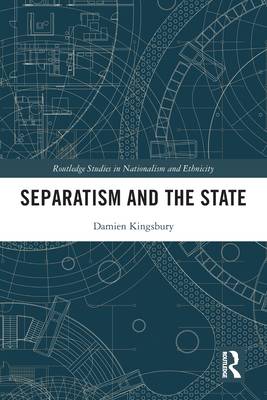
- Afhalen na 1 uur in een winkel met voorraad
- Gratis thuislevering in België vanaf € 30
- Ruim aanbod met 7 miljoen producten
- Afhalen na 1 uur in een winkel met voorraad
- Gratis thuislevering in België vanaf € 30
- Ruim aanbod met 7 miljoen producten
Omschrijving
This book proposes and tests a 'theory of separatism' to determine if there are key commonalities as to why separatist movements rise and what fuels them.
In the post-Cold War period separatism has been on the rise. Today, there are more than 100 active separatist movements, with around 70 of them engaging in violence. This book focuses on examples from Europe, the Middle East, Africa, and Asia to highlight the commonalities found across the case studies. It examines the idea of separatism, to better understand what drives movements to break away from preexisting states; demonstrates the factors which produce both violent separatism and the rise of armed non-state actors; and shows the options for the resolution of such conflict, based on considering claims for separatism from the perspectives of separatist movements.
This book will be applicable for undergraduate and postgraduate students of International Relations and International Politics as well as Conflict/Peace Studies, Anthropology and Post-Colonial Studies.
Specificaties
Betrokkenen
- Auteur(s):
- Uitgeverij:
Inhoud
- Aantal bladzijden:
- 250
- Taal:
- Engels
- Reeks:
Eigenschappen
- Productcode (EAN):
- 9780367645465
- Verschijningsdatum:
- 26/09/2022
- Uitvoering:
- Paperback
- Formaat:
- Trade paperback (VS)
- Afmetingen:
- 156 mm x 234 mm
- Gewicht:
- 371 g

Alleen bij Standaard Boekhandel
Beoordelingen
We publiceren alleen reviews die voldoen aan de voorwaarden voor reviews. Bekijk onze voorwaarden voor reviews.











